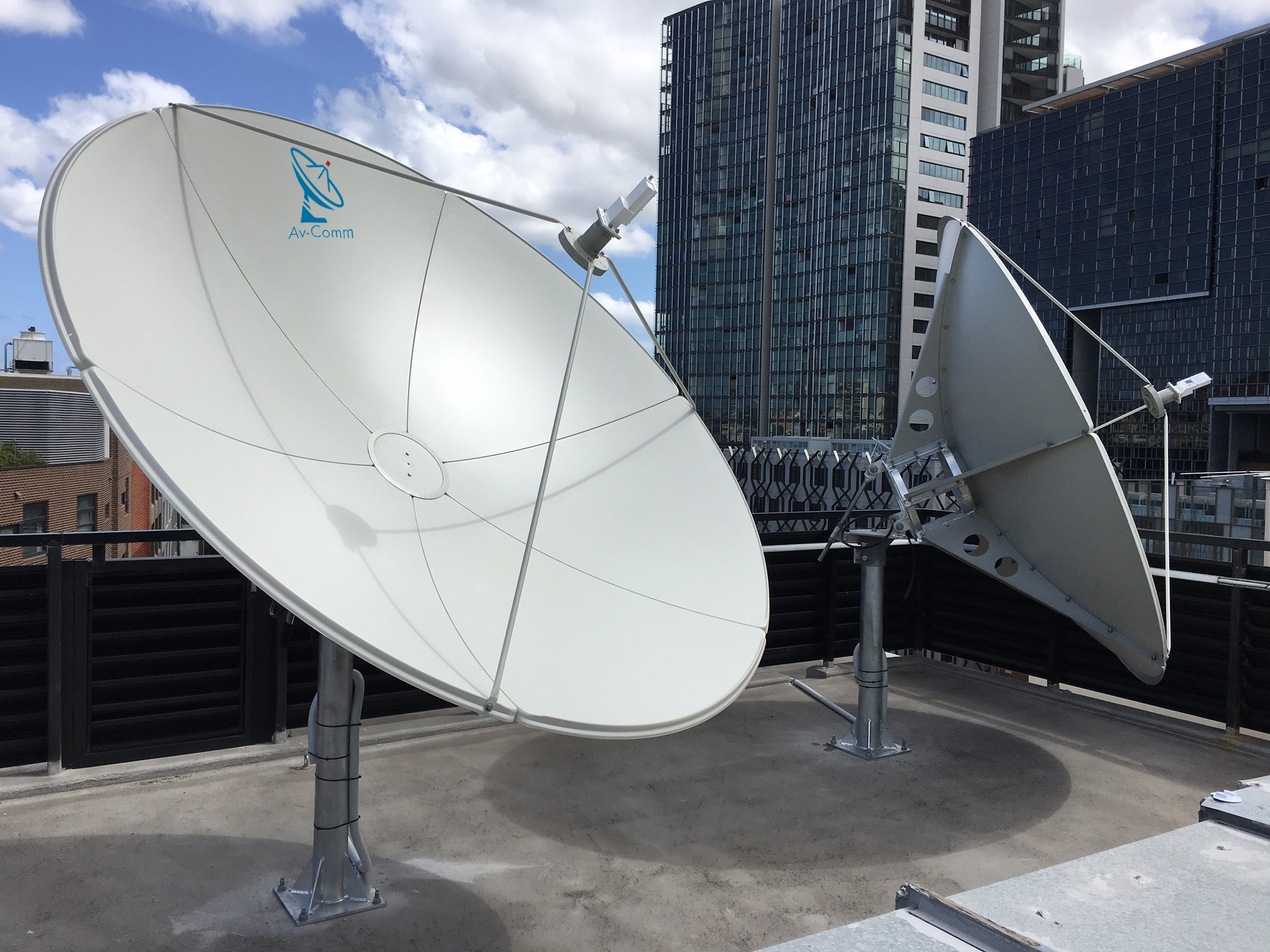FCC Eyes C-Band Public Auction for December 2020
Would make lower 280 MHz available for 5G development, leaving 200 MHz for satellite operations

WASHINGTON—FCC Chairman Ajit Pai has laid out his plan for how the C-band will be used to spur 5G development, announcing his plans to conduct a public auction of 280 MHz of the spectrum with a potential launch date of Dec. 8.
Pai unveiled his plan to the public, shortly after doing so to the FCC commissioners, during a speech at the Information Technology & Innovation Foundation. After detailing the importance of America becoming a leader in the development and deployment of 5G, and how his administration has already made strides to do so in high and low-band spectrum, Pai detailed a plan to take advantage of mid-band spectrum, also known as the C-band, which is used by satellite operators for the delivery of video and audio to broadcasters, cable systems and other content distributors.
In devising his plan, Pai said that he was guided on four key principles: 1) a significant amount of C-band spectrum must be made available for 5G; 2) it must be done quickly; 3) it must generate revenue for the federal government; and 4) it must ensure that the services currently delivered using the C-band can continue to be delivered.
As had widely been reported previously, Pai is opting to go with a public auction of the spectrum over a private auction. Pai cited the FCC’s track record in conducting public auctions and the transparency that they offer as “the best bet to ensure fairness,” he said. He also claimed that a well-established process is more likely to attract bidders rather than a new system.
He also made the point that a public auction is within the FCC’s legal authority, where a private auction would have required grant of authorities to private entities as he said satellite companies currently do not have terrestrial rights to the C-band.
Pai believes that the FCC already has the pieces in place to launch the auction sooner rather than later. In fact, he plans to begin the auction before the end of 2020, specifically Dec. 8.
The amount of spectrum that would be available from the public auction, per Pai’s plan, will be the lower 280 MHz of the C-band, a figure that Pai says has been widely supported by the U.S. Senate and the C-Band Alliance. A 20 MHz guard band would be reserved, while the upper 200 MHz would be set for the repacked satellite operations.
Get the TV Tech Newsletter
The professional video industry's #1 source for news, trends and product and tech information. Sign up below.
“I believe this strikes the appropriate balance between making a large amount of spectrum available for 5G and preserving sufficient spectrum for incumbent users,” Pai said.
Additional details of Pai’s plan include compensation from the auction. While revenue is expected to go to the treasury, Pai said that satellite operators costs for having to relocate on the spectrum should be covered, which the FCC estimates could be between $3 billion and $5 billion. Pai’s rules would have the winning bidders reimburse satellite operators for relocation costs.
Rather than satellite operators receiving proceeds from the auction, Pai outlined additional payments for what he calls accelerated relocation payments. Pai proposes that up to $9.7 billion be paid to satellite operators that clear the lower 100 MHz of the C-band in 46 of the top 50 Partial Economic Areas by September 2021, and the remaining 180 MHz by September 2023. Currently, the FCC says a reasonable deadline for relocation would be September 2025. This, Pai hopes, will be a strong incentive to expedite the relocation process and make spectrum available for 5G development more quickly.
Pai does not want to wait to get this process moving, and believes that the FCC—under Section 316 of the Communications Act—has the authority to do so without the need for legislation from Congress. As such, he has scheduled the commission to vote on the proposal at the open council meeting on Feb. 28.
“This plan meets each of the four priorities I’ve identified in this proceeding,” said Pai. “It frees up a significant amount of C-band spectrum for 5G. It does so quickly. It generates revenue for the U.S. Treasury. And it protects the services that are currently delivered using this spectrum. And I would add that it is a win for innovators who want to introduce new services in the C-band. It is a win for incumbents who will be fairly compensated during this transition. And, most importantly, it is a win for the American people, who will enjoy the rollout of new 5G services.”
FCC Commissioner Brendan Carr said: “This morning’s announcement is another big win for American leadership in 5G. It means even more mid-band spectrum will power American 5G, the American taxpayer will see billions of dollars of revenue and the C-band services that Americans rely on will be protected. It is a rare win-win-win in Washington, and I am proud to strongly support it.”
Commissioner Michael O’Rielly also said he intends to support the proposal. No statements had been made from Commissioners Jessica Rosenworcel and Geoffrey Starks at the time of publication.
NAB's Executive Vice President of Communications, Dennis Wharton, also released a statement regarding Pai's proposal: "Today marks an important step towards ensuring a stable C-band ecosystem following reallocation—one that makes significant spectrum available for mobile use while protecting content distribution relied upon by hundreds of millions of Americans today. In this and other spectrum proceedings, NAB has played a leading role developing constructive solutions that provide meaningful benefits to all stakeholders. We look forward to reviewing details of today's plan and working with the FCC towards a solution that benefits both current and new users of the spectrum band."
Pai's full speech is available for download.
